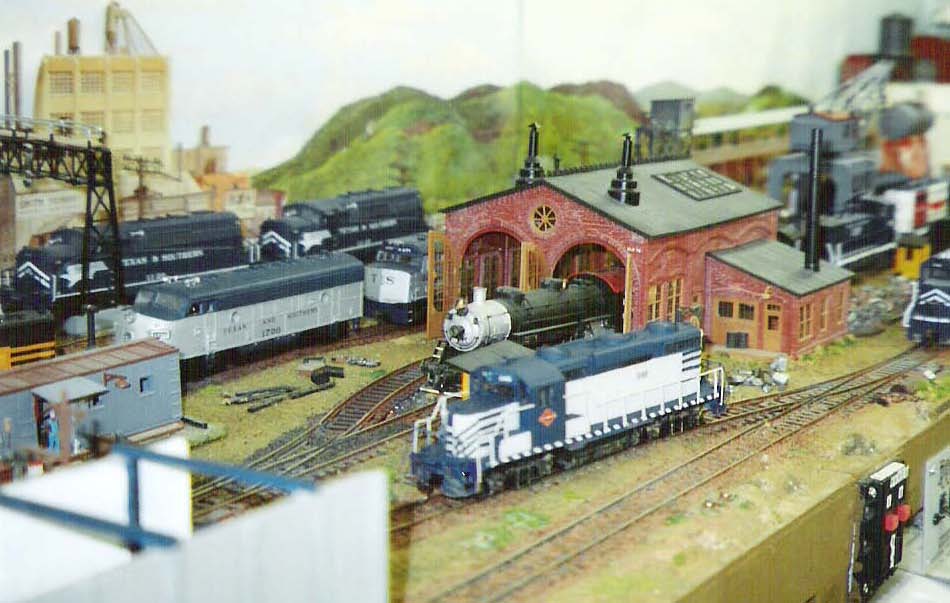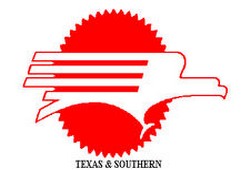Despite the economic hardships that followed the merger in the wake of the Great Depression, the T&S weathered the storm and, with World War II, again became quite prosperous. Following the war and the return of peace, the road was able to repair and replace much equipment and rolling stock.
One of the earliest Class 1s to replace steam with diesel electric, the T&S was in the forefront of transportation innovations. Today the motive power is primarily first generation EMD diesels, with a few steam locos, mostly switchers, still working hard on the road. Newer second generation EMD units are also beginning to make an appearance.
The Texas and Pacific Railway, a wholly-owned subsidiary, runs east to west from New Orleans through Dallas and Ft Worth to El Paso; it was acquired by the T&S through stock purchases and by June 1928 T&P had become a majority-owned subsidiary. By December 1963 the percent of stock owned by the T&S grew to 82.86%.
To effect economies in operations, the T&S and the T&P have recently begun to consolidate costly duplicate facilities and begun the integration of passenger services. Although renumbering is not an option, some repainting of passenger cars in the T&S scheme has been accomplished.
Likewise, the traditional paint scheme of T&P motive power has begun to reflect such integration as well. The T&S solid dark blue with white stripe color scheme is being applied to both new T&P motive power as well as repaint jobs as T&P units are reshopped and repaired.
In addition to the T&P, the T&S owns several additional short lines: the Abilene & Southern (purchased 1926), the Abilene and Northern (purchased 1952), the Roscoe, Snyder and Pacific (purchased 1966), the G&D (leased 1966), and the Missouri Pacific (purchased 1925.)
Taken together the short lines, the T&P and the T&S comprise the Texas and Southern Railway System.
The Texas, Brazos and Western is a also a member of the Texas and Southern Railway System as the T&S owns 25% of that company's stock.

